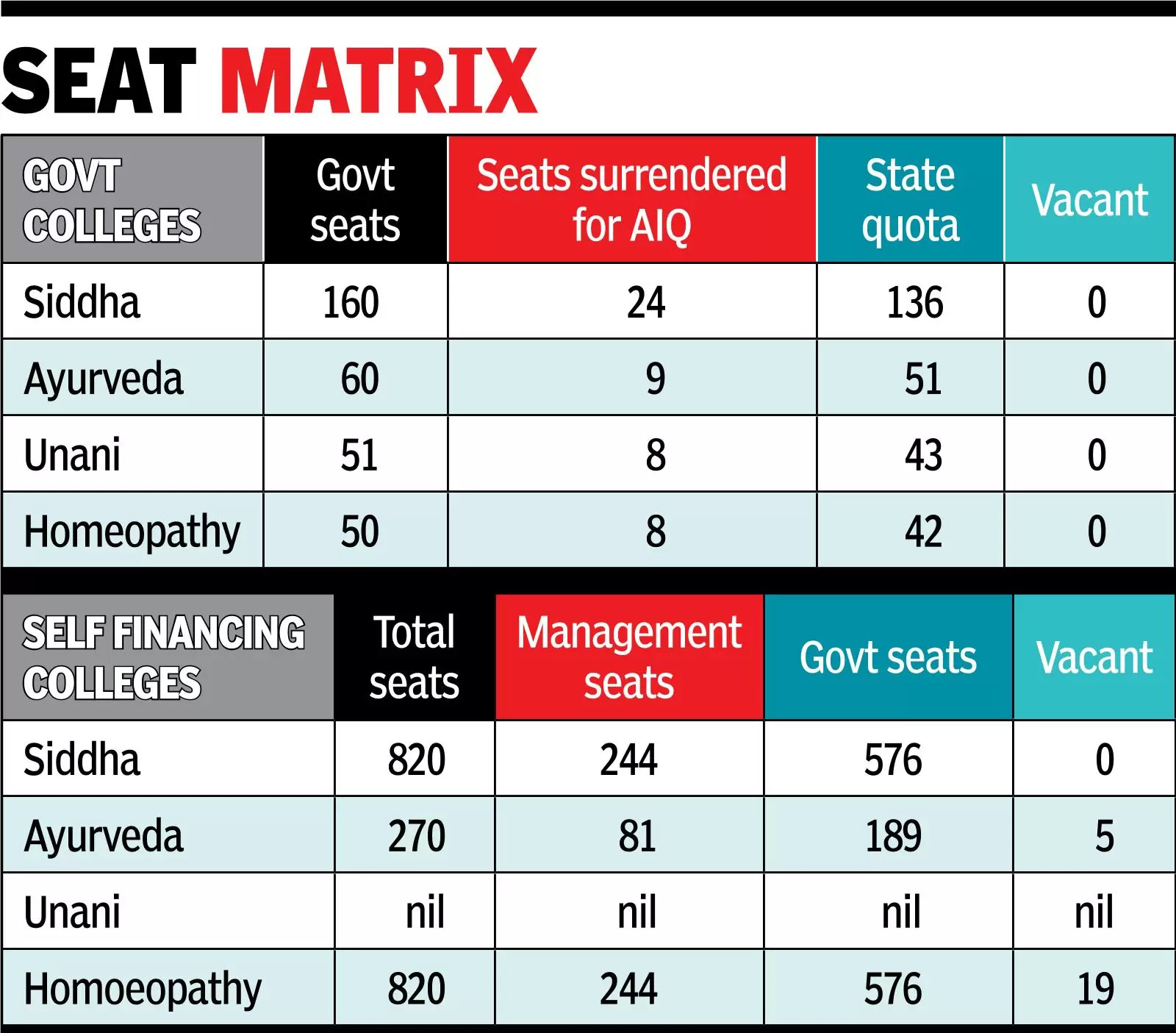How will blockchain technology effectively counter spam? What are some of the steps being taken by the government against unsolicited commercial communications? Have some of the measures already taken been effective against unwanted calls and messages? What is a do-not-disturb registry?
The story so far: The Telecom Regulatory Authority of India (TRAI) will be using distributed ledger technology (DLT)
to register spam preferences from customers, TRAI chairman Anil Kumar Lahoti said. Spam rules will be tightened to make commercial messages traceable, the TRAI has indicated.
What is TRAI’s role in fighting spam?
The TRAI regulates the telecom industry, and its main role is in regulating Unsolicited Commercial Communications (UCC), the official name for spam. Starting in 2007, the regulator implemented a do-not-disturb (DND) registry, which would force telemarketers to abide by customer preferences when it came to commercial calls.
If a telecom customer signs up to the DND registry, they are not supposed to get any spam calls or SMS messages.
TRAI had also worked with an external agency to develop a DND app, which would allow customers to register their DND preference, and accept complaints. Under the Telecom Commercial Communication Customer Preference Regulation (TCCCPR), 2018, telemarketers who called or sent messages to DND-registered customers would receive warnings, and if enough warnings accumulated, they would be blacklisted from sending messages to telecom operators.
The DND app has not always been maintained by the TRAI, and was briefly unavailable from 2022 onwards. An SMS reporting facility where users would have to report messages in a particular format was available, but further steps were taken to make the process more user friendly. In 2024, TRAI mandated that DND reporting be made available on every telecom provider’s app.
What role does blockchain play?
In order to fight the deluge of spam messages, TRAI mandated in the TCCCPR that telcos use a blockchain ledger, also known as a distributed ledger, in order to store a constantly-updated list of approved senders of SMS messages. Telcos would also be required to approve specific formats of messages. For instance, an OTP message that goes, “Your OTP is 433212,” would be stored in the blockchain as “Your OTP is …” with space for a variable. These messages have been required to be sent from sender IDs, and not phone numbers.
This has been one of the most stringent rules that have been issued to fight SMS spam anywhere in the world. Blockchain as a technology allows for so-called immutability, which means that every stakeholder involved in a transaction has a reliable, un-tamperable version of the same data. At the time of the 2018 regulations, the necessity to use blockchain for the purpose of maintaining a spam exemption database was debated, as enthusiasm about the technology’s potential had spilled over beyond cryptocurrencies, where it continues to be a mainstay.
In 2024, the regulations were tightened to ensure “traceability” of messages, thus making sure that telcos would have a complete record of who issued a message before it is sent to an SMS gateway. This was aimed at plugging a crucial flaw in the system that would allow anyone to register on the blockchain solutions implemented by telecom operators and send out fraudulent or spam messages in spite of the systems in place to combat them. These, Mr. Lahoti has said, will be further tightened in the coming year.
Have these measures been effective?
For those who have registered their DND preferences, communications from legitimate businesses that follow the rules may have reduced. However, spam has a constantly changing character. While much of spam is merely commercial messages that may be annoying but harmless, the wave of digitisation has increased incentives to get around the protections against commercial messaging and calling. A wave of fraudulent calls have also emerged, with cyber frauds seeking to ensnare Indians in financial scams. Many of these operations are done outside the framework of SMS sender IDs, and are run through disposable 10-digit phone numbers, making it hard for real-time enforcement of anti-spam regulations.
There is also the issue of spam and scam calls from international numbers, which can be leased from certain online Voice over Internet Protocol (VoIP) providers, but appear as legitimate international call traffic.
Which are the other steps taken by the government to end spam?
The Department of Telecommunications (DoT) has launched the Sanchar Saathi portal, which has a reporting site called Chakshu. DoT has partnered with law enforcement, banks, and other stakeholders in order to accept reports of “suspected fraudulent” calls and messages, and has moved to cancel lakhs of numbers that are associated with unauthorised telemarketers and scammers.
It also set up the Telecom Security Operation Centre at its New Delhi headquarters to monitor suspicious internet traffic in real time. Meanwhile, firms like Airtel have taken steps to declare suspicious calls using Artificial Intelligence as “Suspected Spam,” a move that is being replicated by other telcos as well. The telco has also started labelling international calls on smartphones.


